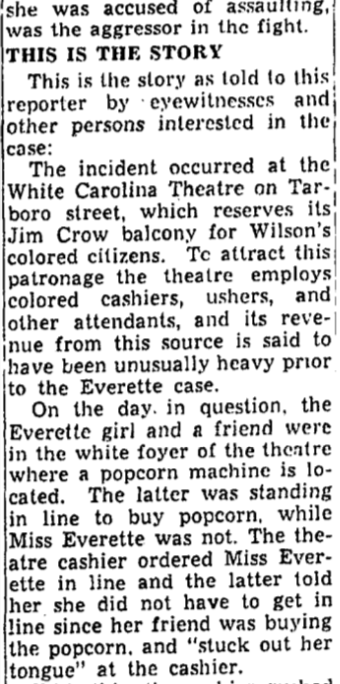I have lived a lot of places, but Wilson is home, and there is nothing quite like being recognized and honored by your home folk.

Tonight, I received a Community Service Award from the Wilson Branch of the N.A.A.C.P. at the organization’s annual Freedom Fund Banquet.

The evening included a special tribute to the late Frank D. and Bobbie D. Jones.

The magnificent Rev. Dr. William J. Barber II delivered personal anecdotes about the Joneses’ lives and work and a homily for the perilous times we live in. We face dangers seen and unseen, so what will you do with the time you have — whether six minutes or six hours or six days or six months or ….?

It was great to see two of the Joneses’ children, Bobbie and Freddie. We both lost fathers in 2022 and at the time reached out to remind each other of the blessing of being raised by such incredible men. (By the way, that’s Dante Pittman sitting at our table. I spotted him looking around and invited him to join us. If you live in Wilson, take some time to get to know this man.)

Thank the Lord I said my little bit before 95 year-old Samuel Caswell Lathan, legendary musician and my friend, was recognized. He brought the house down with a rendition of “What a Wonderful World,” followed by remarks that began “I was born in 1929 — and you don’t have to tell me nothing” about perils and rose to “I’m gon tell you some things — and I don’t care if you carry it back.” In other words, he delivered a word, too.

Harry B. Harris readies the Jones family for reflections on the night’s events.

The indefatigable William E. Myers. (He is 91, y’all. NINETY-ONE.) For the last 60+ years, a banquet in Wilson ain’t a banquet, a wedding ain’t a wedding, a funeral ain’t a funeral without this treasured musician live on sax or keyboards.)

Me and my lovely sister, Karla Henderson-Jackson.

Thank you.

















